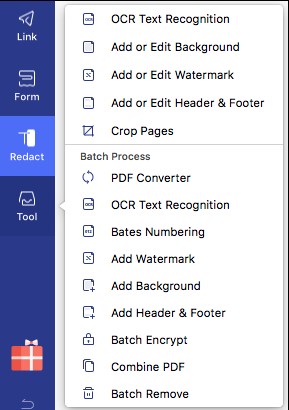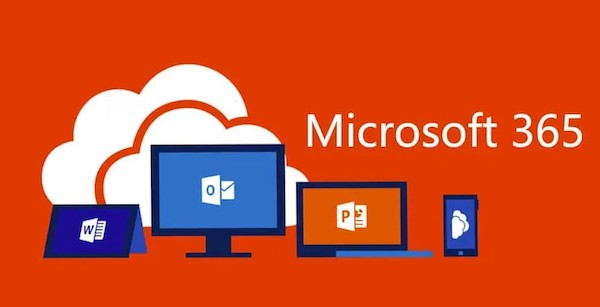by Erik D. Rosenstrauch, Founder and CEO of FUEL Partnerships
In approaching the COVID-19 crisis from the marketer’s perspective, the question is how, not if, the world will change when the restrictions are lifted. My intuition relies on what marketers believe and researchers have proven – the repeated behavior learned during this several month crisis will form new consumer habits. In particular, we think the post-COVID world will see a permanent shift in the way people shop for groceries, personal goods, and other essentials; the retailers that provide a tech-enabled, multi-channel approach will gain a larger share.
Consumers have demonstrated massive trial and adoption of these purchase methods over the past five weeks. Walmart reported online grocery sales of over $900 million in March, an increase of 21% from February 2020 and an astounding 99% increase from March 2019. The Walmart Grocery app has now grabbed the number one ranking position across all Shopping app downloads in the US, according to a new analysis from app intelligence firm App Annie. Sense360 reports that 31% of US households used online Grocery pickup or delivery for the first time over the past four weeks. By comparison, only 13% of US households used the same service in August 2019. And an impressive 37% of shoppers report that they will continue to use online grocery pickup or delivery in the future.
The New Table Stakes in Grocery Retail.
Retail is going through a rapid transformation during this unusual period of home-confined buying. Consumer purchase drivers now favor speed, value, and convenience – these attributes are the new table stakes in retail, and can be met by a handful of the largest retailers, namely Walmart, Costco, and Target. In general, “Clicks to Bricks” retailers are gaining share due to BOPIS (Buy Online and Pick up In Store/Curbside) and delivery offerings from physical retail locations.
Post COVID-19 Behavior.
After several months of being forced to shop differently, we believe consumers will demand a combination of speed, value and convenience moving forward. Let’s clearly define each trait which will lead to the winning retailers who thrive post-COVID.
Speed equals immediacy AND certainty of delivery (in stock): Consumers want same day or next day delivery more than ever before. The retailers that win in the future, MUST be able to provide this level of service. Two-day delivery, or pick up next week does not equate to speed. Walmart, Amazon, Instacart are all attempting to rapidly hire hundreds of thousands of employees to meet the expectations of their customers. In my local area, Instacart orders can take up to five days to deliver, Walmart pickup is three days wait, and even with my Amazon prime membership, shipments can take a week to arrive. Product availability and wait times will normalize post-COVID, but physical retailers still hold an advantage for those that need essential goods now.
Value equals minimal fees and charges: Even with aggressive economic rebound scenarios, tens of millions of Americans have been pressured financially by COVID-19. The average American shopper cannot afford to pay for membership or delivery fees. In our view, retailers must absorb the additional costs of the new distribution requirements if they want to be part of the future retail landscape. The retailers who can deliver speed and value are positioned for long term success.
Convenience allows consumers to shop on their terms: One of online retail’s key competitive advantages has been its always open, shop when you want approach. However, the largest traditional retailers have invested billions in providing a similarly capable technology platform, leveling the playing field. Anyone can now shop and place an order at Walmart, Target, Kroger, Amazon, Costco, Publix and most other retailers at any time. Mobile apps and scanning features have also improved for traditional retailers, eroding the distinct competitive advantage once held by Amazon and other e-commerce platforms.
Recent consumer behavior and future need states shows an enhanced importance of physical retailers, particularly those who are implementing digital tools, and an omnichannel approach that can provide immediate product availability. Increasingly, stores will become localized distribution facilities that allow consumers to choose their delivery method to obtain the products they need. Flexibility is the key to future success – in-store, pick up curbside, or have the order delivered to home.
Timing and Messaging Matter Too.
So, when does the country re-open for business? Given recent trends, politics and data, it feels like the months of May and June will be transitional months, as testing expands and people get back to work, carefully and tentatively. When we look ahead, it feels like the 4th of July 2020 will bring “a rebirth of America” for consumers and brands, and planning for that event should begin soon. Big group celebrations, concerts, and sporting events are likely to be delayed or pushed off until next year, or maybe replaced by small group gatherings and spectator-less games. Not everything will be the same, so marketers need to adapt to that reality.
Messaging also needs to adapt to the post-COVID reality. Marketing campaigns that celebrate family togetherness will resonate. We also believe patriotic themes are likely to dominate this post-COVID world. After 9/11, the World Series in New York City was an historic event, and one that was celebrated patriotically. We may not have an Olympics to enjoy this year, or be able to go to baseball games as a spectator, but we will start to see some sports on television again. Those smaller steps towards normalcy will be something to celebrate.
And along with the re-opening of the economy, people will feel more comfortable going back into retail locations to shop, even if consumers need to wear masks for added protection and peace of mind. Embracing both in-store promotions and online tools will become even more important, particularly for emerging brands.
In conclusion, the retailers that deliver the consumers’ needs of speed, value and convenience along with multiple delivery methods and the brands that best adapt to the future and have clear benefits for consumers will continue to grow and win share. The marketing mix will adapt as well, both online and instore.
Erik D. Rosenstrauch is the Founder and CEO of FUEL Partnerships. He is a proven industry leader with over three decades of experience in consumer products and retail marketing. Erik gained diverse experience by working for PepsiCo/Frito-Lay, where he succeeded by turning ideas into a reality in the salty snack category and leading the creation and execution of campaigns for Ruffles and Tostitos. During his tenure on these brands, his team’s exceptional program results were recognized by winning various marketing awards including; a Gold Reggie, Effie and PRO.
The post The Future Of Retail And America In The Post-COVID World appeared first on Young Upstarts.
from Young Upstarts https://ift.tt/2VNV7hD via website design phoenix




















